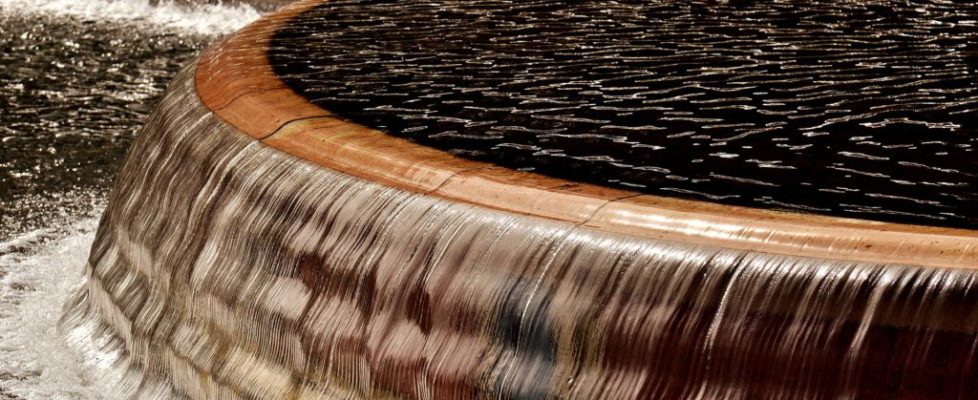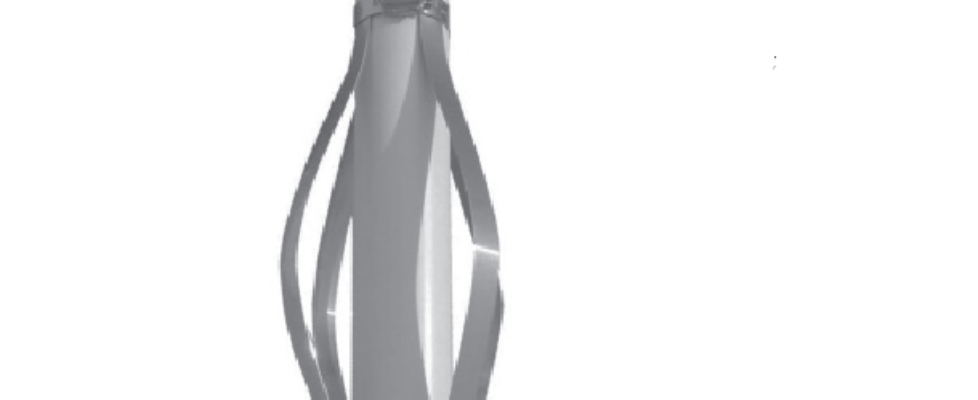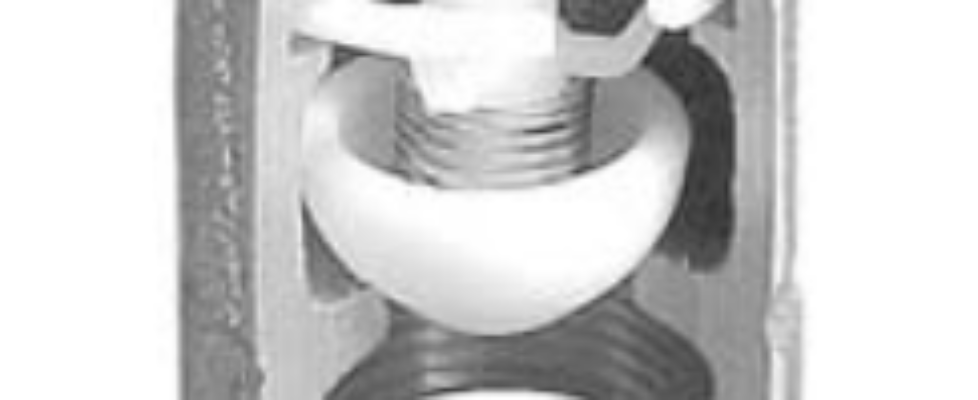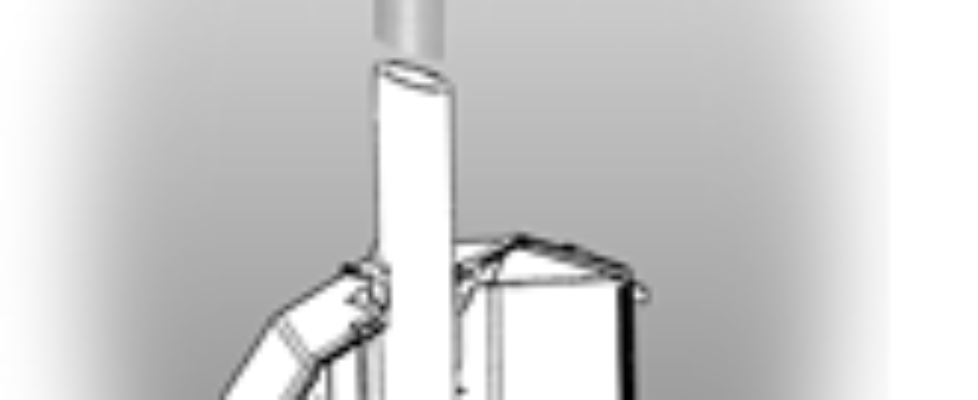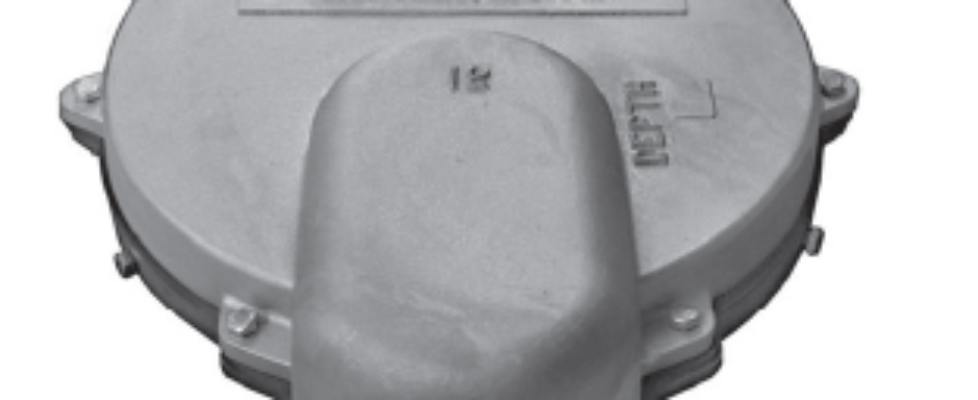Water terms and facts
- A gallon of water weighs about 8.33 pounds.
- It takes 833 foot-pounds (or 0.0003 kilowatt-hours) of energy to lift one gallon of water 100 feet.
- Water is most dense at about 39°F, and becomes less dense as it gets colder. It is one of very few substances where the solid form floats on the liquid form. If it were not for this unusual property, lakes would freeze from the bottom up, killing all aquatic life. The ice also insulates the liquid water underneath from cold air, so the lake feezes more slowly.
- A column of water one foot high exerts a force of 0.433 pounds per square inch underneath it.
One pound per square inch of pressure will lift a column of water 2.31 feet. - Head = The vertical distance (and thererare pressure) needed to lift water from your well to your cistern.
- Total Dynamic Head = Head, with the extra pressure needed to overcome friction from all vertical and horizontal pipes, valves, and filters added in.



